Taita People and their Culture in Kenya
Who are the Taita People of Kenya? The Taita tribe (also called Wataita) is a Kenyan tribe that is located in the Taita-Taveta District. They speak Taita which belongs to the Bantu languages. The West-Bantu moved to the area of the Taita-Taveta district first approximately in 1000-1300 AD.
The Taita tribe consists of:—
1]–Taveta tribe–.They settled in lake challa and jipe and they do farming as they use the lake challa and lake jipe which get their waters from mount kilmanjaro.
2]–Another tribe is Wa-Dawida —They live in wundanyi mountains,chawia muntains in mwatate,mgange and bura mountains and also mbololo mountains.
3]–Sagalla tribe—They settled in sagalla mouintains and their language is the pure mixture of the coastal nine villages[mijikendas]
4]–WA- Kasigau who live in kasigau mountains in bungule a,jora and rukanga mountains,their dialect is just like the wa-dawidas.Its the smallest of the taitas
One thing they have in common are the traditions they share and are the same and funnily all these four tribes can speak kidawida fluently.
They all settled on their respective mountains as they believed that they could see there anemies better when they are on the hills and not to be caught unawares and they also believed that God was more near at the mountains and its easy for him to hear one’s prayers.
They had their own ways of governance which were the same to all four small tribes.
They had council of elders which were led by chief elders.
They had their judiciary system,eg if one committed a crime or an act of sin, there were liniet and tough sentenses.
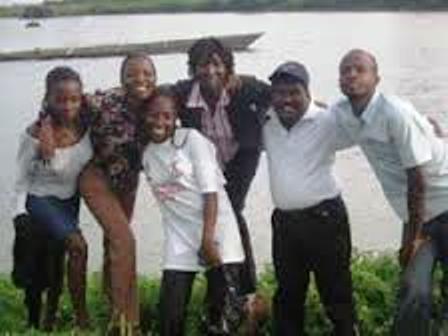
Example : A young man having a sexual affair with a related young lady [sister or close cousin], then the offender altogether with the lady will be skinned alive and be thrown to the furthest cave as they can bring a bad omen to the community ,like ,a calamity might befall the village if they stay or interact with normal people. Some penalties were harsh like being burried alive, being bannished beacause being a social misfit or etc
Incase there was a long spell of drought , the council of elders will meet and the rainmakers will be called to give the offerings to the gods of rain and rains will come there.
The four small tribes speak somehow the same language but differ mostly in dialects.
The beautiful Taita hills
The Taita hills consist of three main hills: Dawida, Saghala, and Kasighau. Dawida is by far the most massive, fertile, and densely populated ares of the Taita tribe. The Wadawida living on the slopes of this hill practice different forms of agriculture, with the bulk of the food they produce being sold to the residents of Coast Province, especially Mombasa town.
On the plains surrounding Taita hills lies the expansive Tsavo West National Game park. Before Tsavo was gazetted as a national game reserve, these plains were important game hunting grounds for the Taita tribe.
History of the Taita tribe
Historians believe that Taitas migrated from Central Africa alongside other Bantu tribes, coming into present day Kenya from the south through Shungwaya before finally settling in the fertile Taita hills. The hills provided the Taita refuge from raids and attacks by the neighboring Maasai tribe
Culture & Lifestyle
Taita people have today assimilated many western values such that most of their traditional cultures have faded away. Traditionally, one of the most important aspects of Taita tribe culture was male circumcision.
Circumcision was considered an important ritual in training young boys normally aged between 7 and 11 years to take more adult responsibilities. Traditional circumcision no longer takes place in most parts of Taita, with many parents opting to have the operation done in a hospital.
One very unique Taita culture is the respect accorded to the dead. In the past, when a person died, they’d be buried, then after a period of about one year their body would be exhumed and the skull severed from the rest of the body and taken to a sacred cave, their “proper” abode with the ancestors. While this is no longer practiced today, the caves where skulls of long dead people are still found are treated as sacred in many parts of Taita.
Taitas and music
Traditionally, the Taita people liked expressing themselves in music. They had many interesting forms of traditional dances, the most fascinating of which was the pepo spirit-possession dances called Mwazindika.
This and other traditional dances have since died off and are only performed during national holidays. Members of the Taita tribe are however still very talented musically. The late Fadhili Williams of the hit song Malaika was one of the many recent Taita musicians.
Faith & Religion
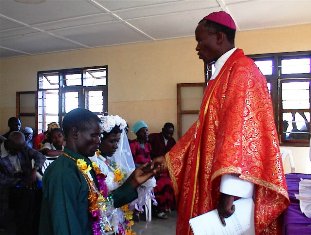 most Taita people are Christians,
most Taita people are Christians,Today, most Taita people are Christians, though there is a considerable number of Muslims. Taita traditional religion revolved around the spirits of the ancestors.
While Taitas believed in one supreme god, Mlungu, this god was only called upon, and given sacrifices for appeasement or thanksgiving in times of calamities and misfortunes such as droughts, locust invasions, barrenness, and famine.
In “normal” times, sacrifices were made to the ancestors or household gods, milimu. Only very few Taitas still practice their traditional religious faith.
Economic Activities of Taita people
Being an agricultural society in a fertile land, most Taitas practice agriculture as the main economic activity.
Horticultural production has recently become an important economic activity in Taita hills. Taitas also rear dairy cattle and produce most of the milk supplied in other parts of Coast province. They also grow coffee.
Gemstone mining is primarily done in the drier parts of Taita land, which have large deposits of precious stones such as Ruby, Tanzanite and Garnets.
Taita staple food
The traditional diet of the Taita consisted of bananas, pumpkins, cassava, beans, sweet potatoes, cow-peas, and millet.
Occasionally, this diet would be supplemented with game meat hunted from the plains.
However, when they started growing maize (corn) and after the government’s restriction on hunting, ugali and green cooked vegetables, especially cabbage, is now the staple food.
Kimanga (a mashed combination of beans plus either cassava, sweet potatoes, pumpkins, or bananas) is still a traditional taita delicacy prepared during special occasions, and accompanied by mbangara, a taita traditional drink made out of sugarcane, corn or cassava
More about Afican Culture
Tanzania Culture › |
Germany Colonialist in Tanzania › |
Tanzania Flag › |
Tanzania Cuisines › |
Tanganyika under British and Germany Rule › |
Tanzania Business Dress Cord › |
Tanzania Gender Issues › |
Tanzania Greeting › |
Tanzania History › |
Tanzania Recent History › |
Tanzania Religion › |
Tanzania Folklore › |
Recent Articles
-
Garam Masala Appetizers ,How to Make Garam Masala,Kenya Cuisines
Sep 21, 14 03:38 PM
Garam Masala Appetizers are originally Indian food but of recent, many Kenyans use it. Therefore, on this site, we will guide you on how to make it easily. -
The Details of the Baruuli-Banyara People and their Culture in Uganda
Sep 03, 14 12:32 AM
The Baruuli-Banyala are a people of Central Uganda who generally live near the Nile River-Lake Kyoga basin. -
Guide to Nubi People and their Culture in Kenya and Uganda
Sep 03, 14 12:24 AM
The Nubians consist of seven non-Arab Muslim tribes which originated in the Nubia region, an area between Aswan in southern
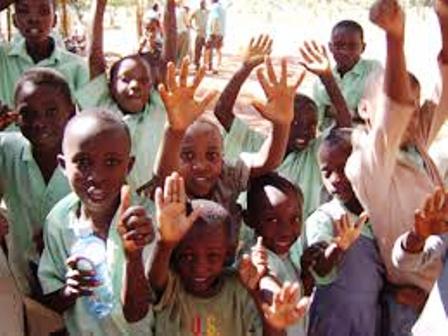
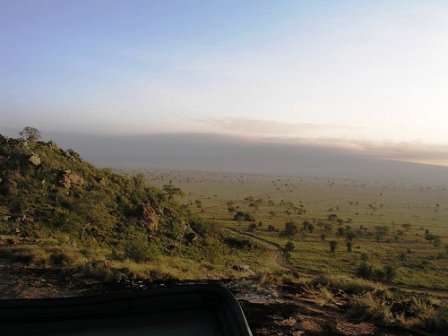
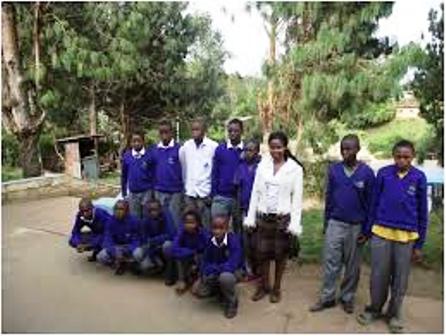
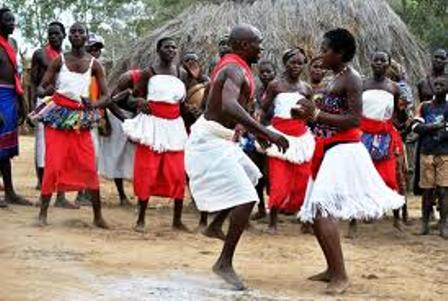
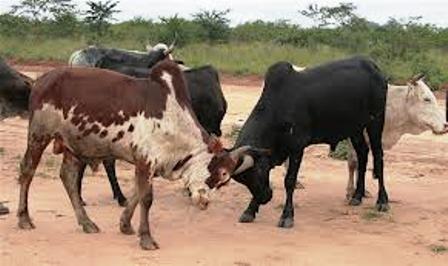
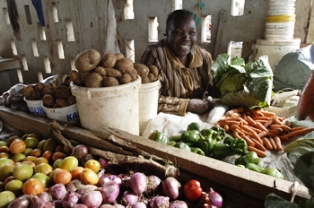







New! Comments
Have your say about what you just read! Leave me a comment in the box below.